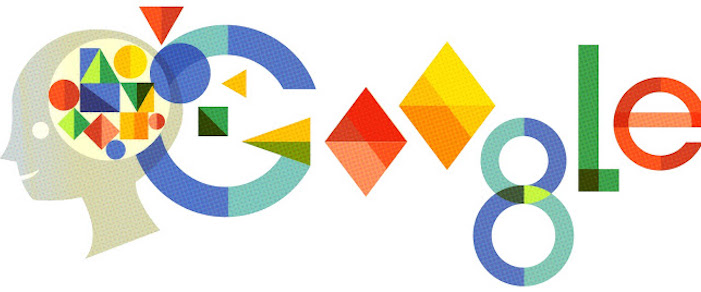
From think with Google, Mobile App Development: How to Create a Useful App:
“Our user-centric thinking guided us even as we began developing our app, and taught us how true innovation happens when usability informs technology. This—along with a deep dive into the principles of mobile app design—helped us take the right steps to design and promote our app in a way that was relevant to our target audience, including:”
Think like your target audience, then design the UX. Let your customers’ needs guide you! As an example, potential customers may fall into different groups that have different needs and goals – personas – like: active users who want to find specific things quickly, curious users who want to learn more before they make a decision to commit, and passive users who just want to browse.
Remember that customers are people, not demographics. Business app, for example, like a B2B tool, would use business-centric demographics like company size or industry to determine who your users would be. You may want to focus only on the startup community at first. But when you launch your minimum viable product (MVP), you may find that your customer base includes personas that you didn’t anticipate. These potential customers may fall more into the curious or passive groups but still shared the same entrepreneurial mindset as your startup audience.
When promoting your app, consider all the situations in which it could be useful. On the surface, your app may answer your customers’ marketing questions. An easy promotional strategy, then, is to ensure the moments your customers have questions, like buying search ads for queries such as, “What does CLV mean?”
Other customers may view your app as a way to pass the time without wasting time. This opened up a whole new set of marketing opportunities. Look for moments where people have a lot of free time and desired a worthwhile distraction, like the holidays, and launched targeted online ad campaigns during those time periods.
Keep working on your app even after launch. A combination of acquisition and retention will drive your app’s growth. For acquisition, you may want to used content marketing and paid media to get downloads. For retention, help your target audience re-engage with email and notifications. But the most important retention strategy is implementing UX improvements to make your app becomes increasingly useful and relevant to your audience.
Following this process, Google mobile app team found for one app, after only six months, they had 650,000+ downloads, 80,000+ hours spent in-app, and an average 4.5-star user rating on both the App Store and Google Play.
As you continue to develop other products and services that will help your target audience, ask yourselves whether every new update or idea should be mobile-first. The answer is always: Maybe. As long as it’s useful to your customers.